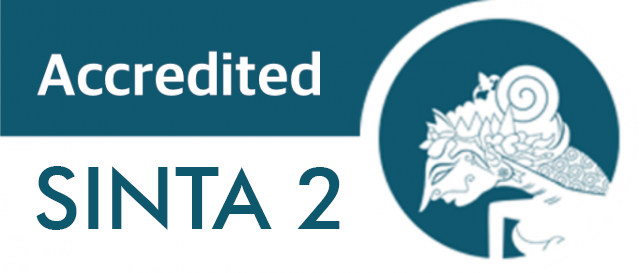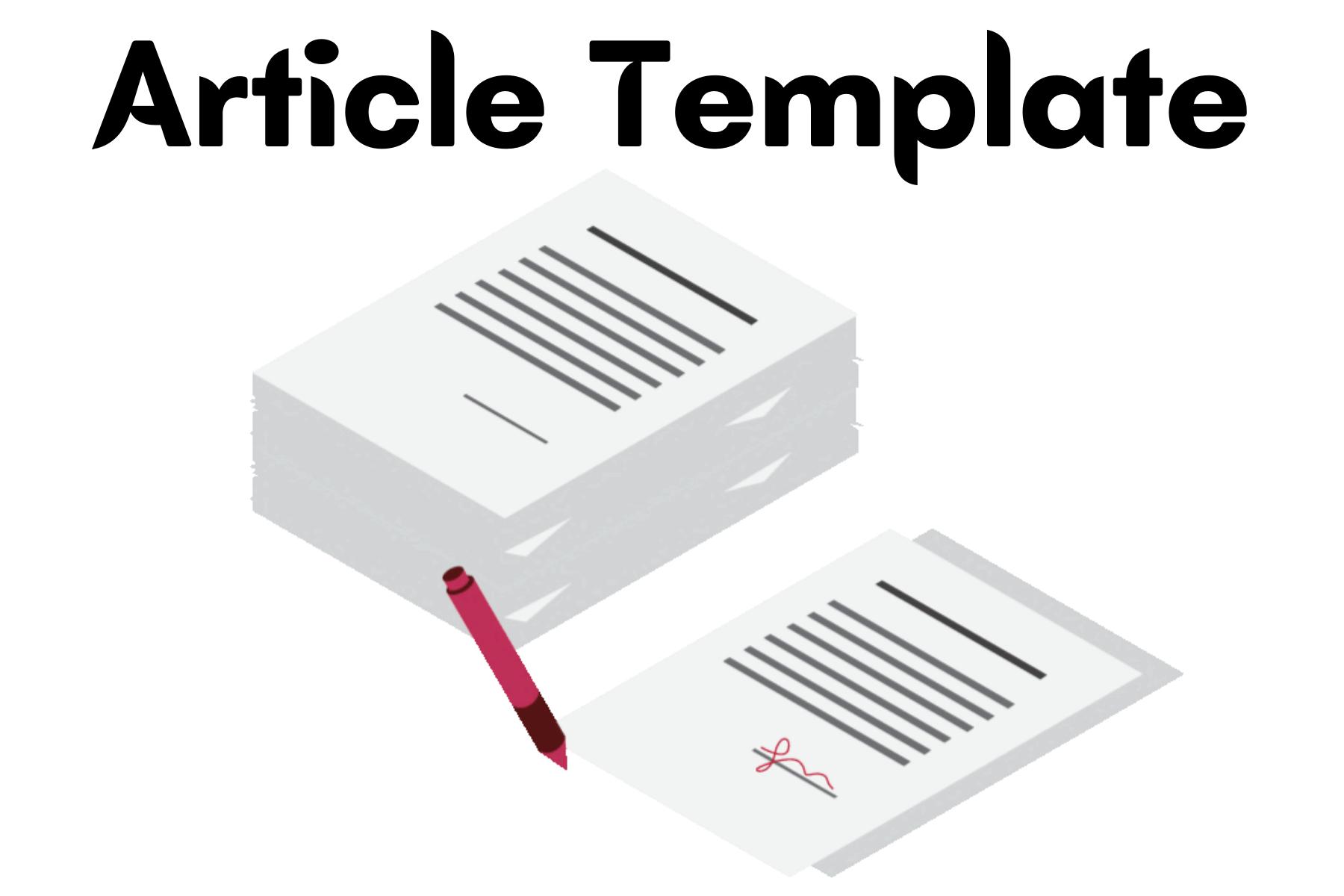Investigation Injection of Computational Thinking Skills with Scratch on Teachers Performance: A Mixed-Method Study
DOI:
https://doi.org/10.18326/hipotenusa.v6i2.2764Kata Kunci:
Injection, Computationl Thinking Skill, Scratch, mix methodAbstrak
Currently, the injection of computational thinking skills in education is very important because these skills are needed in dealing with technological developments. Every teacher needs to be provided with this ability with the hope that later they will be able to inject it into every student at school. This article presents empirical experiences related to the injection of computational thinking skills for madrasah (Islamic Schools) teachers in Indonesia using the Scratch program for 60 teachers. The research method used is a mix method, namely a quantitative approach (experiment) and a qualitative approach. In quantitative analysis, two classes are used, namely experimental and control classes. In the initial stage, the measurement of computational thinking ability was carried out using 15 questions. The results of this study showed an increase in computational thinking skills in the experimental class, which was also accompanied by impressions given by participants who saw positive developments and significant explorative and practical uses in learning practices.
Referensi
Aho, A. V. (2011). Computation and computational thinking. Computer Journal, 55(7), 833–835. https://doi.org/10.1093/comjnl/bxs074
Aminah, N. (2022). A Teaching Practice Design Based on a Computational Thinking Approach for Prospective Math Teachers Using Ed-Tech Apps. International Journal of Interactive Mobile Technologies, 16(14), 43–62. https://doi.org/10.3991/ijim.v16i14.30463
Anguera, M. T., Arnau, J., Ato, M., Martínez, R., Pascual, J., & Vallejo, G. (1995). Métodos de investigación en psicología. Madrid: Síntesis.
Brennan & Resnick. (2012). New frameworks for studying and assessing the development of computational thinking. Studies in Computational Intelligence, 727, 135–160. https://doi.org/10.1007/978-3-319-64051-8_9
Calfee, R., & Piontkowski, D. (2016). Design and analysis of experiments. In Handbook of Reading Research. https://doi.org/10.2307/2983009
Chan, S., Looi, C., & Sumintono, B. (2020). Assessing Computational Thinking Abilities Among Singapore Secondary Students: A Rasch Model Measurement Analysis. Journal of Computers in Education, 8(2), 213–236.
Chiazzese, G. (2019). Educational robotics in primary school: Measuring the development of computational thinking skills with the bebras tasks. Informatics, 6(4). https://doi.org/10.3390/informatics6040043
Dagiene, V., & Futschek, G. (2008). Bebras international contest on informatics and computer literacy: Criteria for good tasks. Lecture Notes in Computer Science (Including Subseries Lecture Notes in Artificial Intelligence and Lecture Notes in Bioinformatics), 5090 LNCS, 19–30. https://doi.org/10.1007/978-3-540-69924-8_2
Dagienė, V., & Sentence, S. (2016). It’s computational thinking! bebras tasks in the curriculum. Lecture Notes in Computer Science (Including Subseries Lecture Notes in Artificial Intelligence and Lecture Notes in Bioinformatics), 9973 LNCS(Bebras), 28–39. https://doi.org/10.1007/978-3-319-46747-4_3
Del Álamo Venegas, J. J., Alonso Díaz, L., Yuste Tosina, R., & López Ramos, V. (2021). La Dimensión Educativa De La Robótica: Del Desarrollo Del Pensamiento Al Pensamiento Computacional En El Aula. Campo Abierto, 40(2), 221–233. https://doi.org/10.17398/0213-9529.40.2.221
Disessa, A. (2000). Changing minds computer learning and litrecy.
Duo-Terron, P., Hinojo-Lucena, F. J., Moreno-Guerrero, A. J., & López-Núñez, J. A. (2022). STEAM in Primary Education. Impact on Linguistic and Mathematical Competences in a Disadvantaged Context. Frontiers in Education, 7(June), 1–14. https://doi.org/10.3389/feduc.2022.792656
Gabriele, L. (2019). Lesson planning by computational thinking skills in Italian pre-service teachers. Informatics in Education, 18(1), 69–104. https://doi.org/10.15388/infedu.2019.04
Gerbing, D. W. (1984). Campbell and Stanley for Undergraduates. In Contemporary Psychology: A Journal of Reviews (Vol. 29, Issue 4). https://doi.org/10.1037/022808
Indonesian Ministry of Education and Culture. (2021). Decree of the Head of the Research, Development and Bookkeeping Agency Number 028/H/Ku/2021. In Decree of the Head of the Research and Development and Bookkeeping Agency (pp. 1–822).
Johnson, R. B., & Onwuegbuzie, A. J. (2007). Toward a Definition of Mixed Methods Research. Journal of Mixed Methods Research, 1(2), 112–133. https://doi.org/10.1177/1558689806298224
Marcia Linn, Alfred V. Aho, E. (2011). Report of a Workshop of Pedagogical Aspects of Computational Thinking. In The National Academies Press.
Marom, S., Waluya, S. B., Mariani, S., & Susilo, B. E. (2023). Computational Thinking Patterns In The Mathematical Modeling Process : Self-Efficacy Pre- Service Mathematics Teacher. The Seybold Report, 18(03), 1551–1568. https://doi.org/10.17605/OSF.IO/DVAXT
Molina-Ayuso, Á. (2022). Introduction to Computational Thinking with Scratch for Teacher Training for Spanish Primary School Teachers in Mathematics. Education Sciences, 12(12). https://doi.org/10.3390/educsci12120899
Moreno-Morilla, C., Guzmán-Simón, F., & García-Jiménez, E. (2021). Digital and information literacy inside and outside Spanish primary education schools. Learning, Culture and Social Interaction, 28(September 2020), 0–21. https://doi.org/10.1016/j.lcsi.2020.100455
Moreno, J., Robles, G., Román, M., & Rodríguez, J. D. (2019). No es lo mismo: un análisis de red de texto sobre definiciones de pensamiento computacional para estudiar su relación con la programación informática. Revista Interuniversitaria de Investigación En Tecnología Educativa, 26–35. https://doi.org/10.6018/riite.397151
National Research Council. (2012). A framework for K-12 science education: Practices, crosscutting concepts, and core ideas.
Nugent, G., Barker, B., Grandgenett, N., & Adamchuk, V. (2009). The use of digital manipulatives in K-12: Robotics, GPS/GIS and programming. Proceedings - Frontiers in Education Conference, FIE, November. https://doi.org/10.1109/FIE.2009.5350828
Oi-Lam, N., & Zhihao, C. (2021). Examining primary students’ mathematical problem-solving in a programming context: towards computationally enhanced mathematics education. ZDM - Mathematics Education, 53(4), 847–860. https://doi.org/10.1007/s11858-020-01200-7
Pérez-Marín, D. (2020). Can computational thinking be improved by using a methodology based on metaphors and scratch to teach computer programming to children? Computers in Human Behavior, 105. https://doi.org/10.1016/j.chb.2018.12.027
Reeves, C. (2005). The Language of Science. In The Language of Science. https://doi.org/10.4324/97802035971255
Reichert, J. T. (2020). Computational thinking in K-12: An analysis with mathematics teachers. Eurasia Journal of Mathematics, Science and Technology Education, 16(6). https://doi.org/10.29333/EJMSTE/7832
Riba, C. (2005). Flick, U.(2004) Introducción a la investigación cualitativa. Madrid: Morata. Anuario de Psicología/The UB Journal of Psychology, 127–129.
Rodríguez-Martínez, J. A. (2020). Computational thinking and mathematics using Scratch: an experiment with sixth-grade students. Interactive Learning Environments, 28(3), 316–327. https://doi.org/10.1080/10494820.2019.1612448
Román-González, M. (2015). Computational Thinking Test: Design Guidelines and Content Validation. Proceedings of the 7th Annual International Conference on Education and New Learning Technologies (EDULEARN 2015), January, 2436–2444. https://doi.org/10.13140/RG.2.1.4203.4329
Román-González, M. (2016). Codigoalfabetización y pensamiento computacional en educación primaria y secundaria: validación de un instrumento y evaluación de programas [Code-literacy and Computational Thinking in Primary and Secondary Education:...]. 720. http://e-spacio.uned.es/fez/view/tesisuned:Educacion-Mroman
Romero, M., Lepage, A., & Lille, B. (2017). Computational thinking development through creative programming in higher education. International Journal of Educational Technology in Higher Education, 14(1). https://doi.org/10.1186/s41239-017-0080-z
Soboleva, E. V. (2021). Formation of Computational Thinking Skills Using Computer Games in Teaching Mathematics. Eurasia Journal of Mathematics, Science and Technology Education, 17(10), 1–16. https://doi.org/10.29333/ejmste/11177
Sukestiyarno, Y. L. (2020). Metode penelitian pendidikan. Educational Research Methods. UNNES Press.
Tabesh, Y. (2017). Computational thinking: A 21st century skill. Olympiads in Informatics, 11(Special Issue), 65–70. https://doi.org/10.15388/ioi.2017.special.10
Uygun, T. (2022). Preservice Middle School Mathematics Teachers’ Development of Flexibility and Strategy Use by Geometric Thinking in Dynamic Geometry Environments. Participatory Educational Research, 9(5), 183–203. https://doi.org/10.17275/per.22.110.9.5
Vaca Cárdenas, L. A., Tavernise, A., Bertacchini, F., Gabriele, L., Valenti, A., Pantano, P., & Bilotta, E. (2016). An Educational Coding Laboratory for Elementary Pre-service Teachers: A Qualitative Approach. International Journal of Engineering Pedagogy (IJEP), 6(1), 11. https://doi.org/10.3991/ijep.v6i1.5364
Wing, J. (2006). Computational thinking. In Communications of the ACM (Vol. 49, Issue 3, pp. 33–35). https://doi.org/10.1145/1118178.1118215
Wing, J. M. (2015). Computational Thinking It represents a universally applicable attitude and skill set everyone, not just computer scientists, would be eager to learn and use. April.
Unduhan
Diterbitkan
Cara Mengutip
Terbitan
Bagian
Lisensi
Hak Cipta (c) 2024 Saiful Marom, Stevanus Budi Waluya, Mariani, Bambang, Wardono

Artikel ini berlisensiCreative Commons Attribution-NonCommercial-ShareAlike 4.0 International License.

This work is licensed under a Creative Commons Attribution-ShareAlike 4.0 International License.


